 |
| An urban corner of Tran Bien ward, Dong Nai province. |
Many changes
From July 1, the new Dong Nai province with 95 communes and wards officially came into operation. With a new, larger development space and a two-level local government model, it will create new impacts on socio -economic fields, including urban development.
Chairman of the Dong Nai Province Architects Association Khuong Nguyen Duc Chuong said that with the merger of provinces and the organization of a two-level local government model, the concepts of urban areas as well as urban development have changed.
Currently, the urban classification system in Vietnam is divided into 6 types according to Resolution 1210/2016/UBTVQH13 of the National Assembly Standing Committee. Accordingly, the urban classification will be based on criteria such as: population, population density, non- agricultural labor rate, level of infrastructure development, etc.
According to Deputy Secretary of the Provincial Party Committee and Chairman of the Provincial People's Committee Vo Tan Duc, one of the development visions of the new Dong Nai province is to form high-class urban, tourism, and resort service areas.
According to Mr. Khuong Nguyen Duc Chuong, with the above criteria framework, the urban classification method will be affected in the new context. Specifically, some urban areas can be upgraded in rank when the population and area increase after the merger. Besides the criteria for urban classification, the urban management mechanism will also change when merging provinces and organizing a 2-level local government model. "Obviously, there will be many changes, which requires adjustments and amendments to the criteria for urban classification, reasonable urban management, suitable to the new situation to help urban areas develop faster, upgrade infrastructure and expand scale" - Mr. Khuong Nguyen Duc Chuong shared.
Open up new opportunities
Dong Nai province is one of the top localities in the country in terms of area, population and economic scale.
 |
| An urban corner of Binh Phuoc ward, Dong Nai province. |
In addition to the above advantages, with a long tradition of industrial development and the impact of key transport infrastructure projects such as: Long Thanh International Airport; Phuoc An Port; highways, beltways, the potential for urban development for the new Dong Nai province in the coming time is very large.
Dr. Mai Chiem Hieu, Deputy Head of the Department of Political Economy, Regional Political Academy II (Ho Chi Minh City), said that Dong Nai province has the "super" Long Thanh Airport, Phuoc An Port, the traffic hub of the Southeast region; at the same time, the province is also the gateway connecting traffic with the Central Highlands, the Southwest, and the South Central regions. With the above advantages, Dong Nai has a lot of potential for economic development.
At the same time, the development should take Long Thanh, Nhon Trach and Bien Hoa (old) areas as the main driving force. “Specifically, focus on developing smart urban areas with diverse and quality services. In particular, the Bien Hoa (old) area will be the political and administrative center of the province, and should focus on developing in the direction of a modern urban area with many high-quality services. In particular, it is necessary to exploit and develop both sides of the Dong Nai River according to the model of the two sides of the Han River in Da Nang city,” said Dr. Mai Chiem Hieu.
With a larger new development space, concentrating many industrial parks and key traffic infrastructure projects, Dong Nai province has the opportunity to develop many types of urban areas such as urban areas associated with key traffic projects; industrial urban areas; TOD urban areas...
According to Dr. of Science, Architect Ngo Viet Nam Son, Chairman of NgoViet Architects & Planners (based in Ho Chi Minh City), when merging Binh Phuoc province (old) and Dong Nai province (old) into the new Dong Nai province, the industrial sector can be prioritized for development towards Binh Phuoc province (old). At that time, the urban areas of Bien Hoa (old) and Long Thanh Airport urban area will have more space to promote urban development.
On the other hand, when industrial development is shifted towards Binh Phuoc province (old), it will also open up opportunities for urban development in this area. Because at that time, connecting traffic infrastructure will have to be invested in and developed synchronously, plus the shift of labor resources are conditions to promote the development of the industrial urban model.
“Of course, not only does it require investment in transportation infrastructure, social infrastructure must also be invested in and built so that when people move here to live, they feel that they have all the conditions to meet their living needs,” shared architect Ngo Viet Nam Son.
Pham Tung
Source: https://baodongnai.com.vn/dong-nai-cuoi-tuan/202507/co-hoi-phat-trien-do-thi-cua-dong-nai-moi-d750a7f/



![[Photo] General Secretary To Lam attends the opening ceremony of the National Achievements Exhibition](https://vphoto.vietnam.vn/thumb/1200x675/vietnam/resource/IMAGE/2025/8/28/d371751d37634474bb3d91c6f701be7f)
![[Photo] Red flag with yellow star flutters in France on National Day September 2](https://vphoto.vietnam.vn/thumb/1200x675/vietnam/resource/IMAGE/2025/8/28/f6fc12215220488bb859230b86b9cc12)
![[Photo] General Secretary To Lam presents the 45-year Party membership badge to comrade Phan Dinh Trac](https://vphoto.vietnam.vn/thumb/1200x675/vietnam/resource/IMAGE/2025/8/28/e2f08c400e504e38ac694bc6142ac331)

![[Photo] Prime Minister Pham Minh Chinh meets with Speaker of the New Zealand Parliament Gerry Brownlee](https://vphoto.vietnam.vn/thumb/1200x675/vietnam/resource/IMAGE/2025/8/28/cec2630220ec49efbb04030e664995db)
![[Photo] Politburo works with the Standing Committee of Cao Bang Provincial Party Committee and Hue City Party Committee](https://vphoto.vietnam.vn/thumb/1200x675/vietnam/resource/IMAGE/2025/8/28/fee8a847b1ff45188749eb0299c512b2)
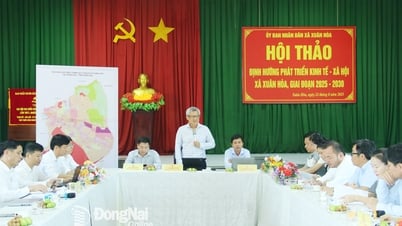
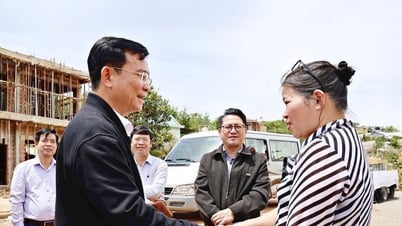










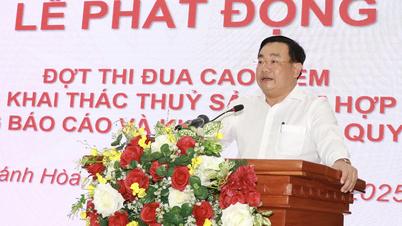

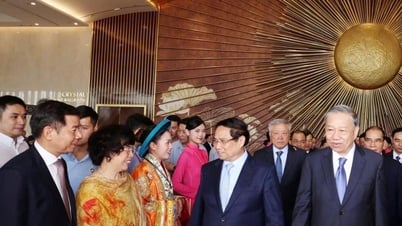

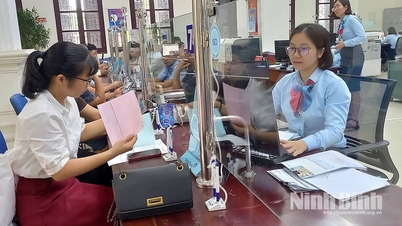

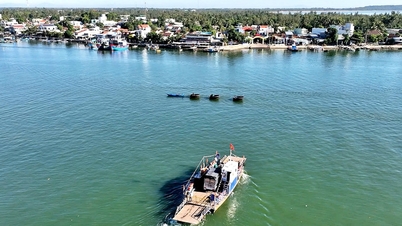

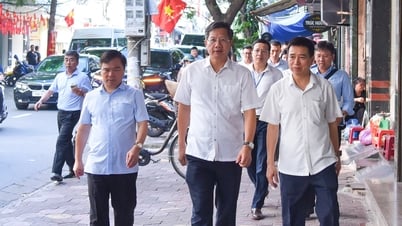





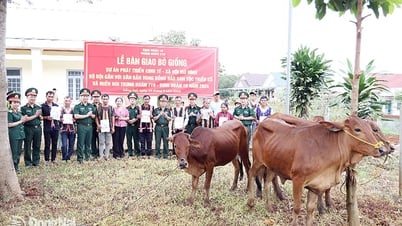

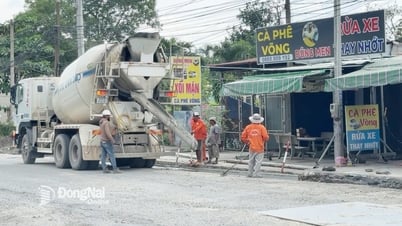
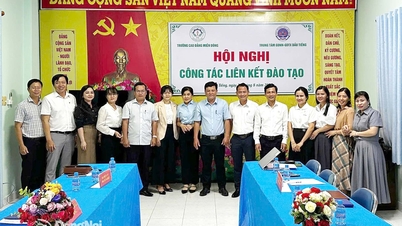
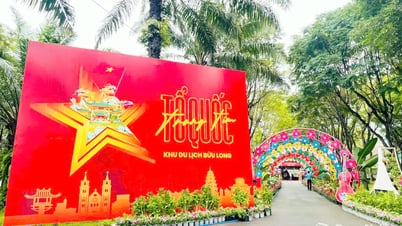
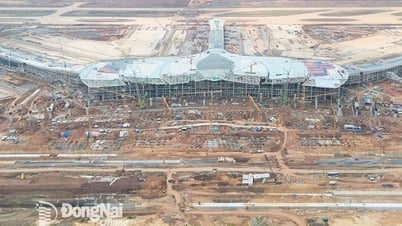


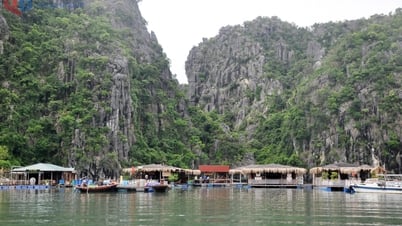

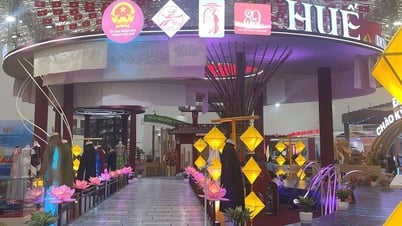

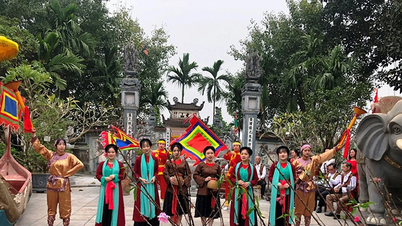



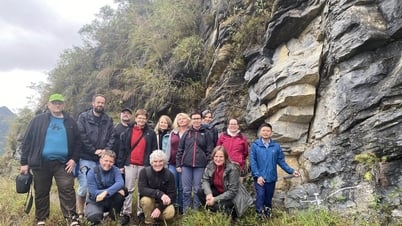



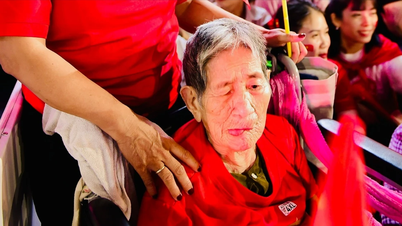

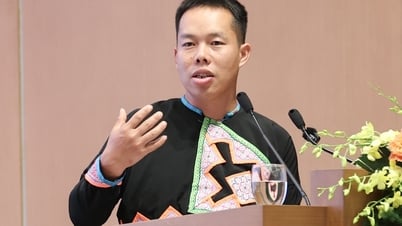

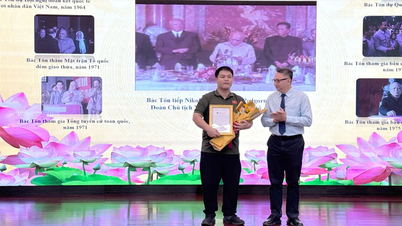







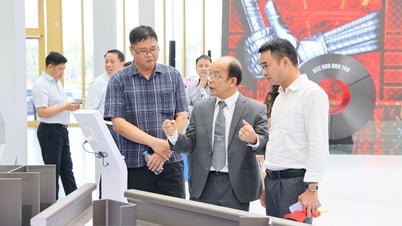
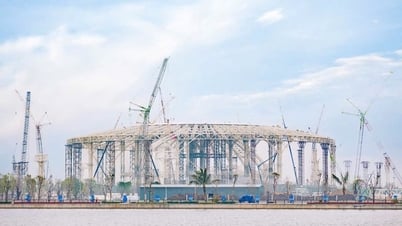

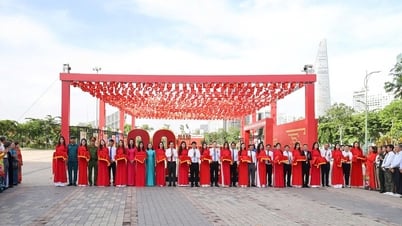



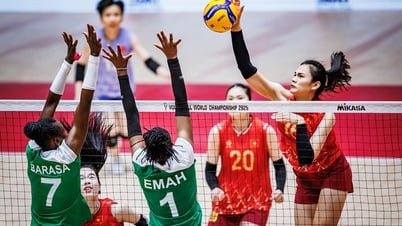













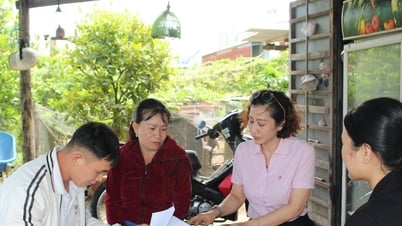


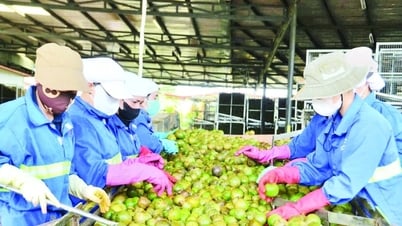



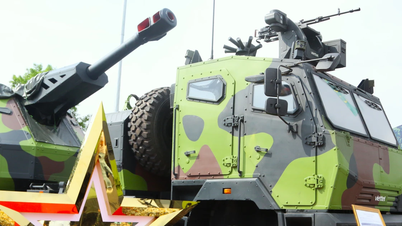

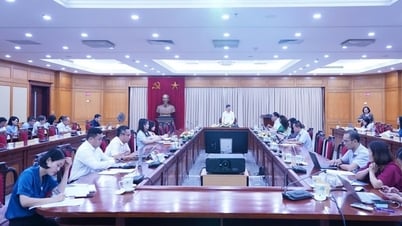

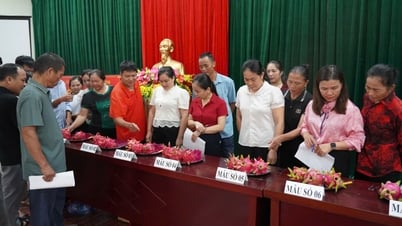




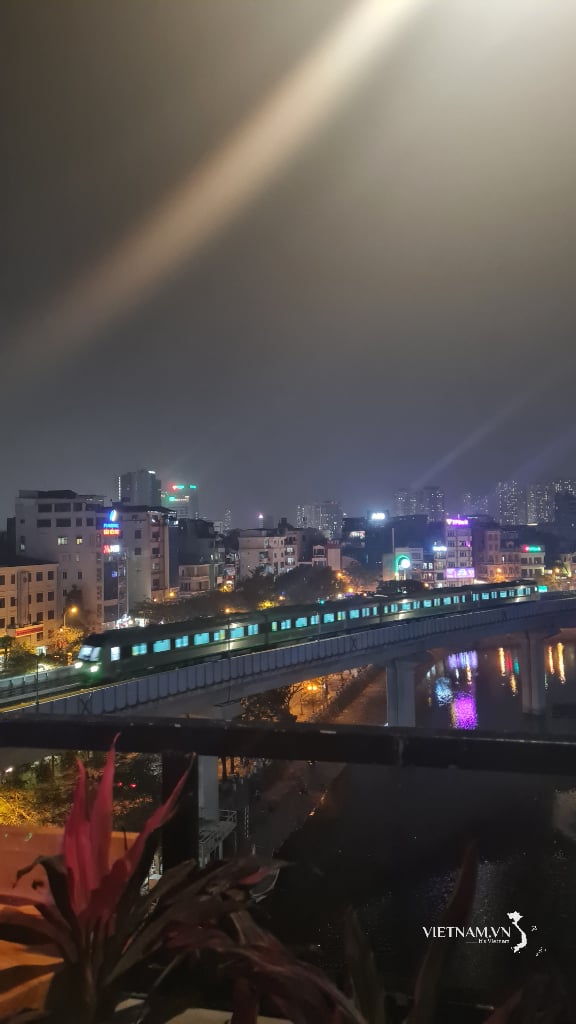


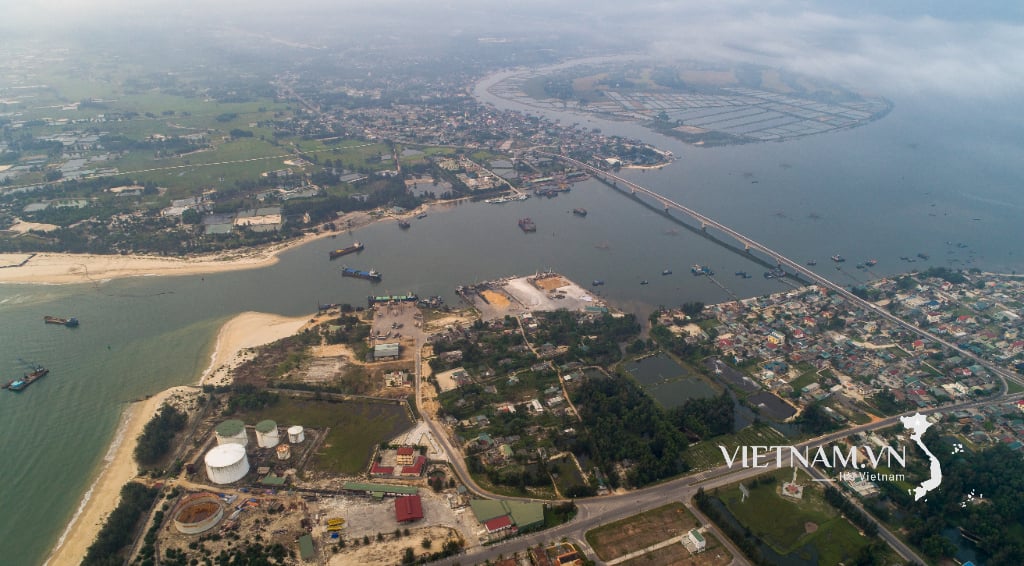
Comment (0)